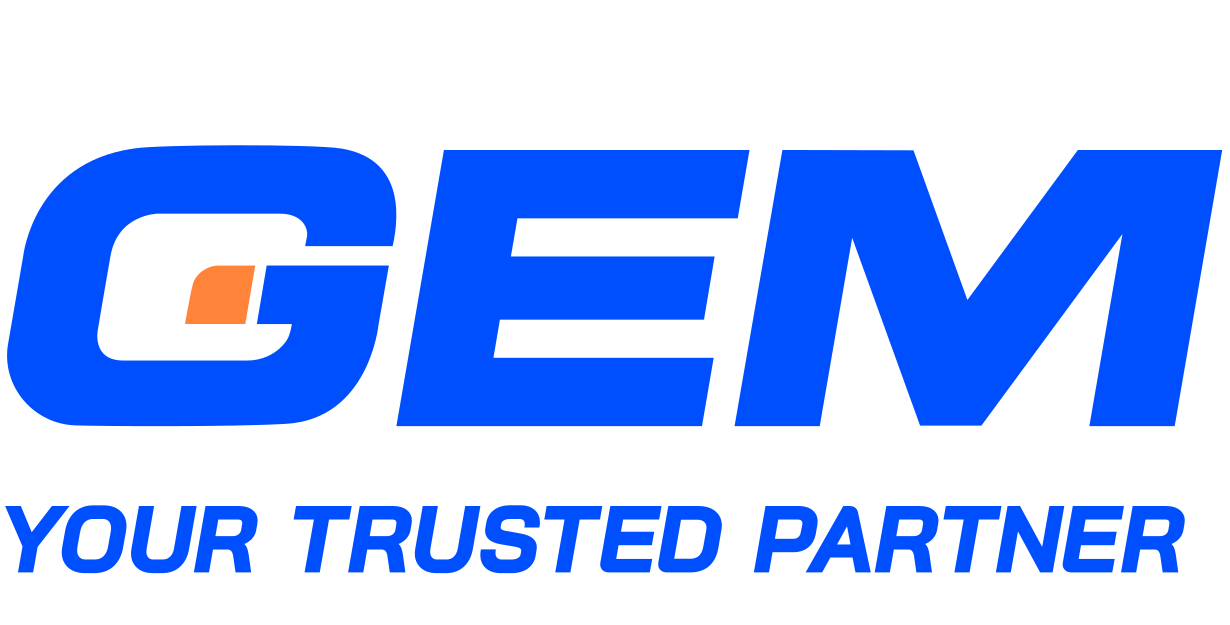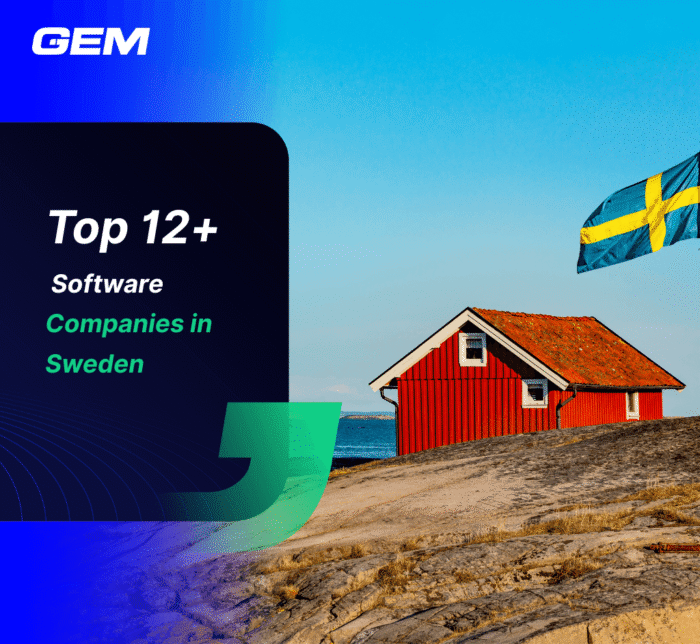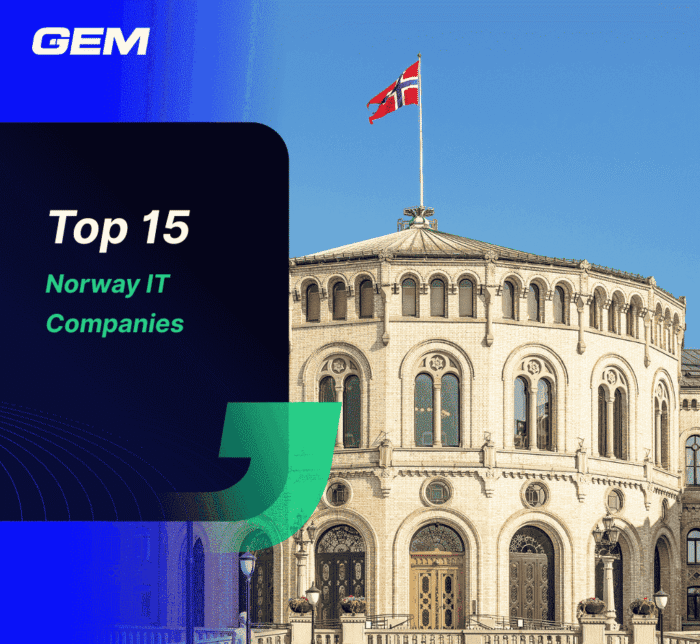Contents
For years, Vietnam has been a go-to destination for IT outsourcing with its thriving tech scene.
In this guide, we’ll explore the key advantages of IT outsourcing in Vietnam, future trends that will shape its advancements, and key best practices to help you maximize the project’s potential and achieve success.
An overview of IT outsourcing globally and in Vietnam
IT outsourcing has become a popular choice for companies seeking to achieve effective and cost-efficient digitization. Let’s explore the growing scale of this practice across the world and particularly in Vietnam – one of its key destinations.
IT outsourcing – a global sensation
In recent years, IT outsourcing has emerged as a pivotal strategy for businesses worldwide with steady growth in market revenue and scale. As shown in a report by Grand View Research, the worldwide market for IT outsourcing $639.59B in value in 2022. It is projected to experience a compound annual growth rate (CAGR) of 8.0% in the 2023-2030 period.

The demand for IT outsourcing services is driven by the need for cost reduction, operational efficiency, innovation, and scalability powered by new technologies.
The same Grand View Research report segmented IT outsourcing into the following primary services:
- Application development
- Emerging technology
- Data center operations
- IT helpdesk
- Infrastructure capacity
- Security management
- Network operations
- Quality engineering and assurance
- Consultancy
These services have been empowering end-users across major industries, with banking, financial services, and insurance (BFSI) having the largest share of revenue in 2022 (at nearly 30%).
In recent years, IT outsourcing has emerged as a pivotal strategy for businesses worldwide. Countries like India, China, the Philippines, and especially Vietnam have become prominent outsourcing destinations due to their large pools of skilled IT professionals and competitive pricing structures.
Understanding the landscape of IT outsourcing in Vietnam
Vietnam is considered one of the world’s most appealing destinations for IT outsourcing. As reported by Statista, Vietnam has the second-fastest growing IT outsourcing landscape in the world, with a predicted CAGR of nearly 17% in the 2023-2028 period. The country also ranked 7th globally in terms of IT outsourcing competitiveness, according to the Global Services Location Index 2023 by A.T. Kearney.
Several elements have propelled the expansion of IT outsourcing in Vietnam, with the key ones being its young and adept workforce, competitive labor costs in comparison to other nations, and supportive government initiatives. Furthermore, its strategic position in Southeast Asia enhances its appeal as a prime outsourcing hub for businesses both within the region and internationally.

Young and dynamic workforce
Vietnam has a large population of nearly 100 million, of which more than 70% is under 35 years old, making it one of the youngest and most dynamic demographics in the world.
According to TopDev’s 2022 Vietnam IT market report, Vietnam is home to about 480,000 developers and software engineers, creating a large IT talent pool that matches the diverse business needs of foreign clients.
Ideal geographical location
Vietnam’s strategic geographical location significantly contributes to its appeal as a destination for IT outsourcing. Positioned in Southeast Asia, it offers a convenient time zone that is favorable for collaboration with major markets in Asia, Australia, and even parts of Europe and North America. Therefore, IT outsourcing projects done in Vietnam can expect smoother, real-time communication and coordination with global clients, enhancing workflow and project management efficiency.

On a larger scale, Vietnam’s proximity to other tech hubs in Asia positions it well for both regional and international business engagements, making it a highly accessible and attractive choice for companies looking to outsource their IT needs.
A supportive and proactive government
Vietnam has had a strong focus on nurturing its science and technology fields. Its ICT market was estimated to have a value of $7.7B in 2021 and the figure is continuously growing as businesses and organizations in the public and private sectors increasingly implement digital solutions.
Vietnam has a stable and supportive political and legal environment with various policies and incentives to attract foreign investment and promote the development of the ICT industry. A prominent example is the approval of the National Digital Transformation Program through 2025, with a vision extending to 2030. The program focuses on digitizing government services, fostering digital enterprises, and developing a robust digital economy. As a result, it boosts investment in ICT infrastructure and skills and creates a fertile environment for the growth of IT outsourcing in Vietnam.

Apart from the many bilateral and multilateral free trade agreements, the government has also announced many other policies and incentives to attract foreign investment and promote the development of the IT industry. Some of these include tax exemptions, preferential loans, infrastructure subsidies, and simplified procedures for business registration and operation. Vietnam is also a signatory of several free trade agreements, such as the Comprehensive and Progressive Agreement for Trans-Pacific Partnership (CPTPP) and the Regional Comprehensive Economic Partnership (RCEP), which facilitate trade and cooperation with other countries.
A dynamic tech landscape driven by innovation and creativity
Vietnam’s technology and innovation sector is experiencing swift growth, which is fueled by a dynamic startup environment and a youthful, technologically adept populace. With more than 64 million Internet users and a smartphone usage rate exceeding 70%, the country is witnessing a notable surge in digital engagement and tech-oriented initiatives.
Statistics from Google, Temasek and Bain & Company showed that Vietnam has had the highest growth in the digital economy in Southeast Asia with a 28% increase from $18 billion in 2021 to $23 billion in 2022. Vietnam also has a vibrant startup ecosystem, with over 3,800 startups (as of January 2022), fostering a culture of creativity and entrepreneurship. As a result, Vietnam has attracted foreign investors pouring capital into many high-tech projects (accounting for 16.7% of all 2021 projects).

As a result, the country is seen as a land of abundant opportunities and attracts global clients to capitalize on IT outsourcing in Vietnam.
Key considerations of IT outsourcing in Vietnam
In this section, we explore the two key aspects that can make or break success in this rapidly growing sector – choosing the right Vietnamese IT partner and recommended practices when working with them.
Choosing the right IT outsourcing company
Selecting the most suitable IT vendor is a critical decision that can significantly impact the success of your IT outsourcing project. It can be a time-consuming and complex process with many factors to consider.
The first factor is their experience and expertise.
In IT outsourcing in Vietnam, an ideal vendor for your project should satisfy two requirements: they understand your industry and they have sufficient technical skills and knowledge. Therefore, you should look for an IT company in Vietnam with a proven track record in your specific industry. This ensures they understand your market’s features and can meet specialized requirements. Besides, you need to assess their technical skills and knowledge. Ensure they have experience in the latest technologies relevant to your project needs.
To verify this information, you can check out the service offerings presented on the company’s website. Another more direct approach is to book an appointment and discuss their sales representatives or request an in-depth portfolio.

Second, investigate the company’s reputation and how reliable they are, especially in the impression of their past clients.
A highly common way to choose an IT vendor in IT outsourcing in Vietnam is via word-of-mouth, meaning getting recommendations from your business networks.
In addition, you can reach out to the vendor’s previous clients to ask about its ability to deliver successful projects and other related aspects, such as the cost structure and management ability. You should also learn about the vendor’s availability and responsiveness for ongoing post-deployment support and maintenance services.
Furthermore, awards and certifications can be indicators of quality and commitment to industry standards. For instance, for an IT company, earning a CMMi appraisal result means they have a mature and systematic approach to software development and project management, which leads to consistent quality and reliability in their outputs.
Third, examine their communication skills and language proficiency. Ensure the team has strong English language skills or proficiency in your preferred language (such as South Korean and Japanese) to avoid communication barriers.
Furthermore, since your company and the IT vendor will be working mostly remotely, the latter should have transparent communication channels with solid protocols that foster a streamlined management and reporting process.
Fourth, understand their pricing model so that you make no mistakes in budget planning. The most popular pricing structures offered in IT outsourcing in Vietnam are fixed price, time and material (T&M), and dedicated team.
With fixed-price contracts, the service provider and the client agree on a specific price for the entire project before any work begins. This price is based on a detailed assessment of the project’s scope, requirements, and expected deliverables. Therefore, it is best suited for projects with clear, well-documented requirements and predictable outcomes.

In the T&M Model, billing is based on the actual time that the vendor’s team spent on the project and the materials (resources, tools, etc.) used in the process. Since the client pays for the time and resources used, the figure can vary depending on the project’s needs. As a result, it offers flexibility throughout the project – a feature that will benefit projects whose full scope is hard to define or projects that are expected to evolve.
Meanwhile, the dedicated team model requires the client to pay for the full-time services of a dedicated team allocated exclusively to their project. This team functions as an extension of the client’s own workforce. The project is billed based on the number of team members and the duration of their engagement. This model, thus, is an ideal pick for long-term projects or for clients needing continuous development, maintenance, or support.
Best practices for successful IT outsourcing
As an IT service provider, after almost 10 years of working with clients from all over the world, GEM Corporation understands the many challenges of IT outsourcing in Vietnam. Based on our industry experience, we have gathered the following list of best practices to harness the full potential of working with a remote team in Vietnam.
Thorough project planning
It is crucial to clearly define the project objectives, scope of work, requirements, and deliverables before you kickstart any work. Determining these factors helps stakeholders have a realistic timeline, sufficient resource allocation, and effective management strategies. As a result, you can minimize the risk of missed deadlines and over budget.

Ensure streamlined communication and management
Clear and timely communication between the client and the service provider is vital for a smooth workflow and successful project outcomes. Regular updates, progress reports, and feedback sessions can help address any potential issues promptly and keep all stakeholders informed.
Hence, you should discuss with your chosen IT vendor to establish regular communication channels (such as video conferences or project management tools) to facilitate effective collaboration.
Quality assurance and testing
In IT outsourcing in Vietnam, robust quality assurance (QA) and testing processes help maintain the highest standards of service and product delivery regardless of the distance between the two teams.
Testing involves several critical components:
- A strategic QA plan that details the quality objectives, standards, methodologies, and tools that will be used throughout the project lifecycle.
- A thorough testing framework that includes various types of testing methods, such as unit testing, integration testing, system testing, and user acceptance testing. In addition, you may consider employing both manual and automated testing techniques to ensure thorough coverage.
- Clear quality metrics and Key Performance Indicators (KPIs) to quantitatively measure the quality of work. This could include metrics like defect density, code coverage, or mean time to resolution.
- Establish feedback loops with all stakeholders, including end-users if possible. Use this feedback to make iterative improvements to the product.
- Ensure that the QA team is skilled and up to date with the latest QA methodologies and tools. Regular training and knowledge-sharing sessions can help in maintaining high competency levels.
- Maintain comprehensive documentation of all QA processes and test results. In IT outsourcing in Vietnam, this is important for tracking, and analysis, and in cases where compliance with regulatory standards is required.
Legal and contractual considerations
In the context of IT outsourcing in Vietnam, legal and contractual considerations are crucial in creating a secure and mutually beneficial business relationship. To ensure that all legal bases are covered, it’s advisable to consult legal experts specializing in international business and IT law. These professionals can assist in drafting solid contracts that comprehensively protect the interests of both the outsourcing client and the service provider.

Future trends and developments of IT outsourcing in Vietnam
Looking forward, there are several emerging trends and developments that will shape the field of IT outsourcing in Vietnam and have immense impacts on businesses that wish to do outsourcing projects in the country.
The rise of gig economy
The gig economy has been gaining momentum and is set to continue shaping the outsourcing industry as more companies realize the advantages of working with freelancers and independent contractors for specific projects.
In return, IT outsourcing service providers are progressively integrating gig economy frameworks into their offerings, leveraging platforms and technologies that facilitate connections between freelancers and businesses in need of their specific skills.
As a trend in IT outsourcing in Vietnam, the gig economy enables companies to strategically utilize skills and expertise as needed and foster more effective and nimble project management.

Accelerated digital transformation
The IT outsourcing landscape in Vietnam, in 2025, will benefit from the country’s rapid digital transformation speed, driven by several factors including:
5G technology
Vietnam is expected to launch commercial 5G services in 2025. This decision will enable faster and more reliable internet connectivity and support new 5G-driven applications and innovations in various sectors.
Cloud spending
Vietnam’s cloud market is projected to grow at a compound annual growth rate (CAGR) of 22.4% from 2020 to 2024, reaching $291M by 2024.
Cloud computing serves as a cornerstone for IT outsourcing in Vietnam. They provide the scalable infrastructure and flexible resources essential for businesses to deploy new digital solutions with greater efficiency and reduced cost.
- Government policies:
As mentioned above, the Vietnamese government has considered digital transformation a national priority, to become a digital economy by 2030. The government has devised a comprehensive digital transformation agenda, with programs such as the National Digital Transformation Program, the National Strategy on Industry 4.0, and the National Innovation Centre.

Growing awareness and adoption of sustainable outsourcing practices
As environmental concerns intensify globally, sustainability is becoming a key factor in IT outsourcing in Vietnam. In the coming time, the field shall see the growing prominence of sustainable initiatives such as:
- Energy efficiency: Adopting data centers that utilize renewable energy sources, aiming to minimize carbon emissions.
- E-waste management: Ensuring appropriate disposal and recycling protocols for electronic waste.
- Supplier sustainability: Assessing and choosing outsourcing partners based on their commitment to sustainable practices.
Closing remark
As we enter the year 2025, Vietnam continues to be a thriving hub for IT outsourcing. With its skilled workforce, favorable business environment, and cutting-edge technology infrastructure, Vietnam remains a top choice for companies seeking to optimize their operations and stay competitive in the global market.
Look no further than GEM Corporation for your next IT outsourcing project
GEM Corporation is the partner you need for personalized support on your IT outsourcing journey in Vietnam. With in-depth hands-on experience and extensive domain knowledge gained through 100+ digital projects for businesses across industries, we are here to help you leverage the full potential of digital solutions and achieve your business objectives!
Let GEM know how we can reach you and kick off this exciting journey via the form below.






